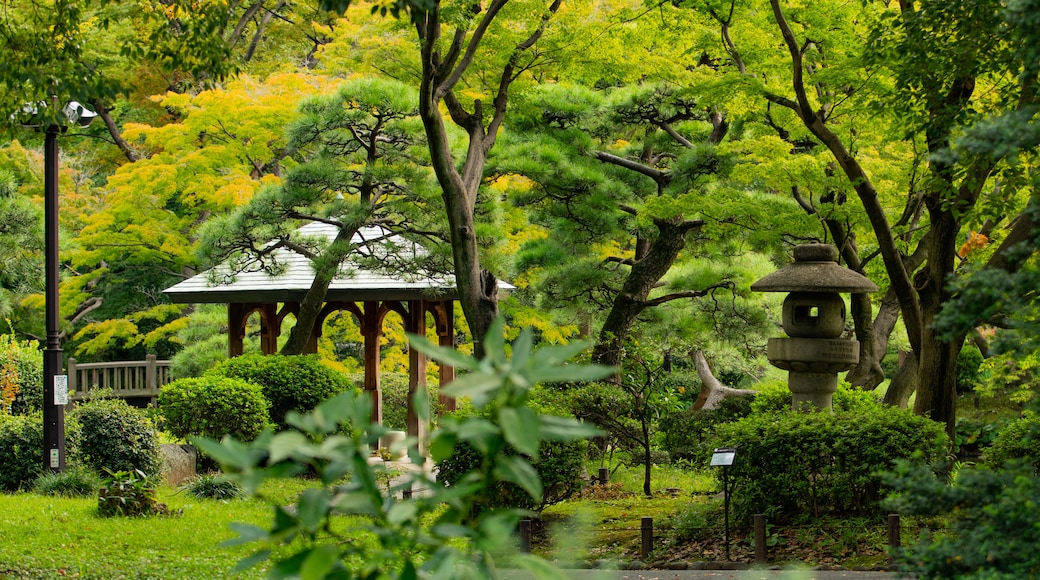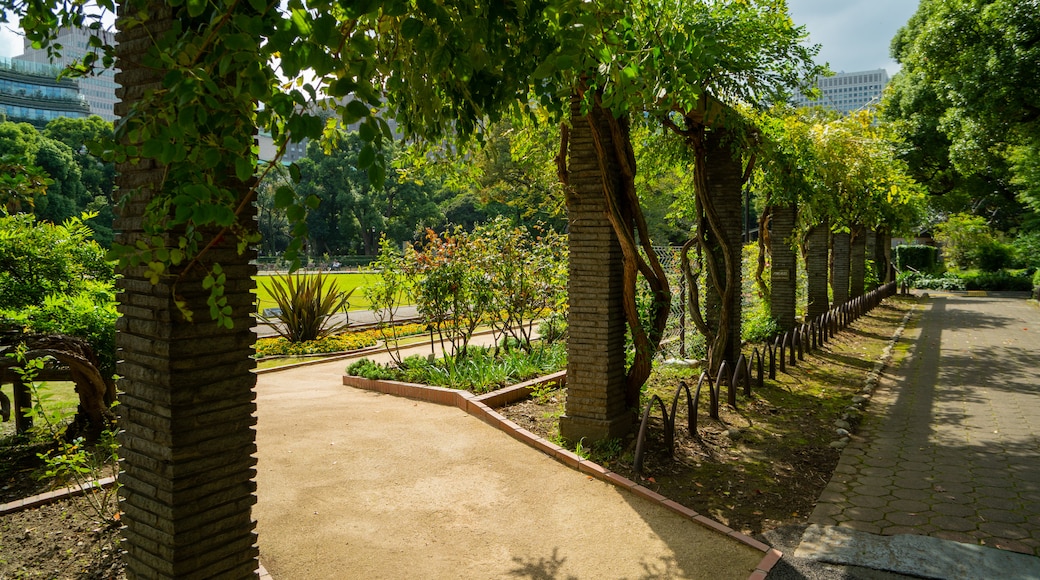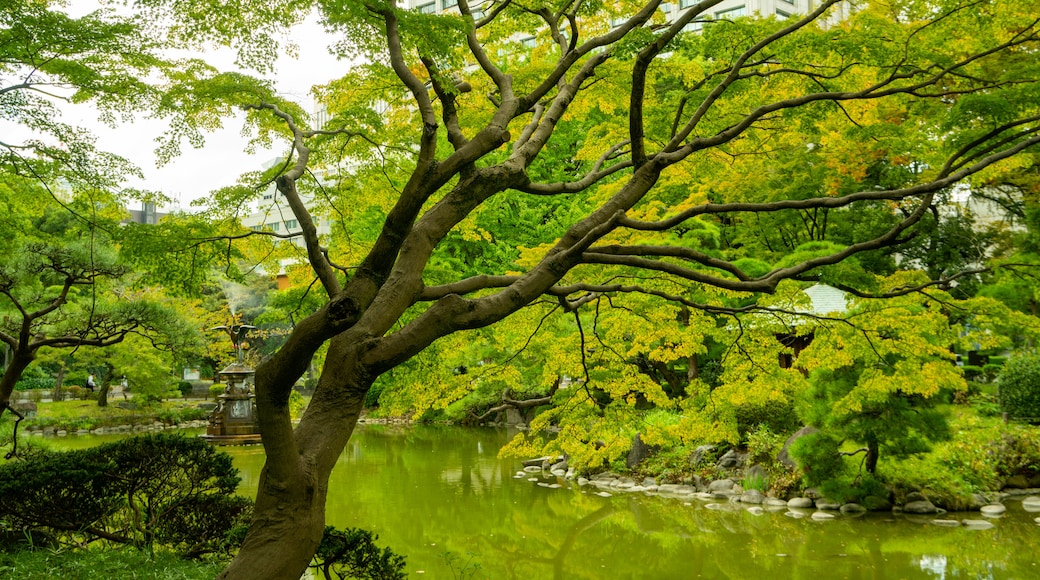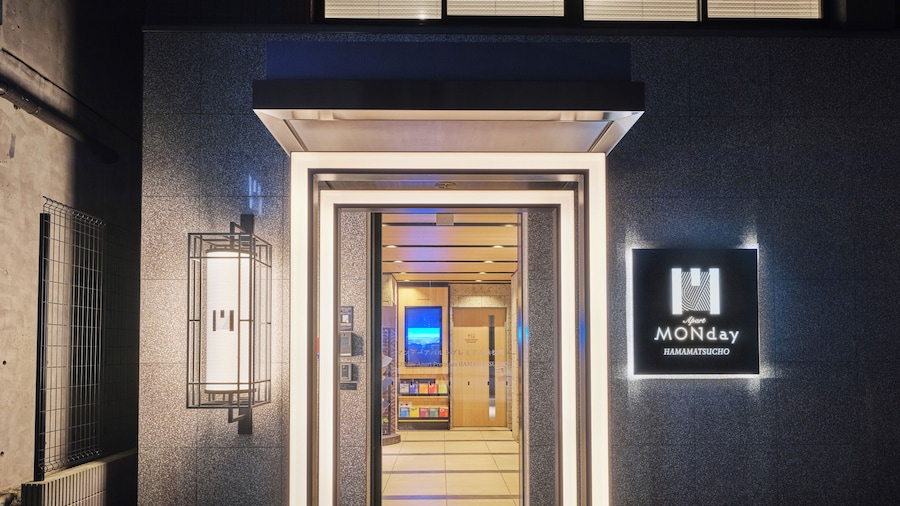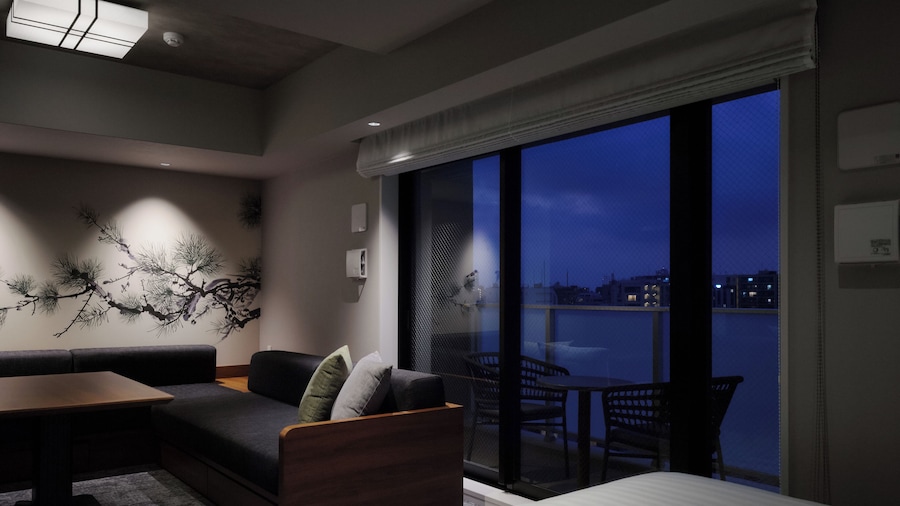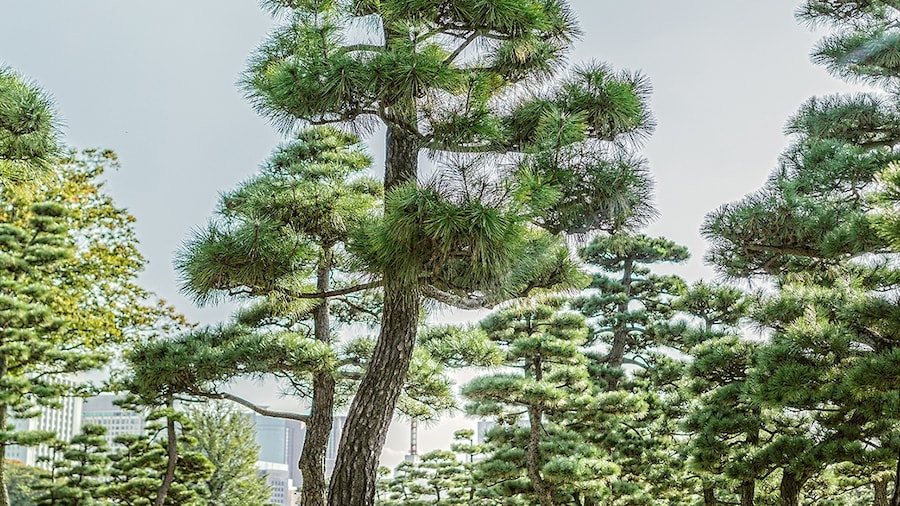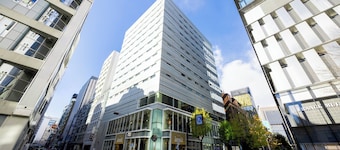Add some colour to your day while exploring Tokyo with a visit to this massive public green space, one of Japan’s oldest city parks, near the Imperial Palace.
Hibiya Park was turned into a public park in 1903, after serving as a military camp during the Edo and Meiji periods. Among its 3,000 or so trees is the “Risky Ginkgo,” a tree believed to be nearly 500 years old. It was relocated here a few years before the park was established.
This sprawling park near the city’s ancient Edo Castle is in Chiyoda, a modern ward within the Japanese capital. To find it, ask for Hibiya Gyoen (“Koen”), as the locals call the park. Home to several bandstands for concerts, a public meeting hall, wedding chapel, tennis court, museum and library, this park is a real community hub.
The green space has a Western theme. See if you can find the replica of the Liberty Bell from the U.S. and the statue of Romulus and Remus from Italy. Have lunch in the classy French restaurant in the park or grab some lunch from the food stalls and sit by the picturesque Shinji Pond or pelican fountain.
Join the locals on the long benches facing the music domes when a concert is on. Stay until the early evening to see the Hibiya Park Fountain being lit up with colourful lights.
Come here in spring to find the tulips in bloom. April is also usually the time for Hanami Matsuri, the cherry blossom festival. If you are visiting in summer, you can stop and smell the roses and may be able to attend the Hibiya Bon Odori festival with dance and music.
Fall is the time of koyo, nature’s stunning autumn display. The changing leaves signal the arrival of the German Oktoberfest in the park, complete with sausages and beer.
November is the best time to come and admire the chrysanthemums, although the display has been arranged so that at least one type is in bloom in any given month of the year.
Hibiya Park in Chiyoda is just across the road from the Imperial Palace East Gardens (Kokyo Higashi Gyoen) and is always open and free to visit. The park is easy to reach from Kasumigaseki Station along the Hibiya & Marunouchi subway lines and Hibiya Station along the Hibiya & Chiyoda lines.
